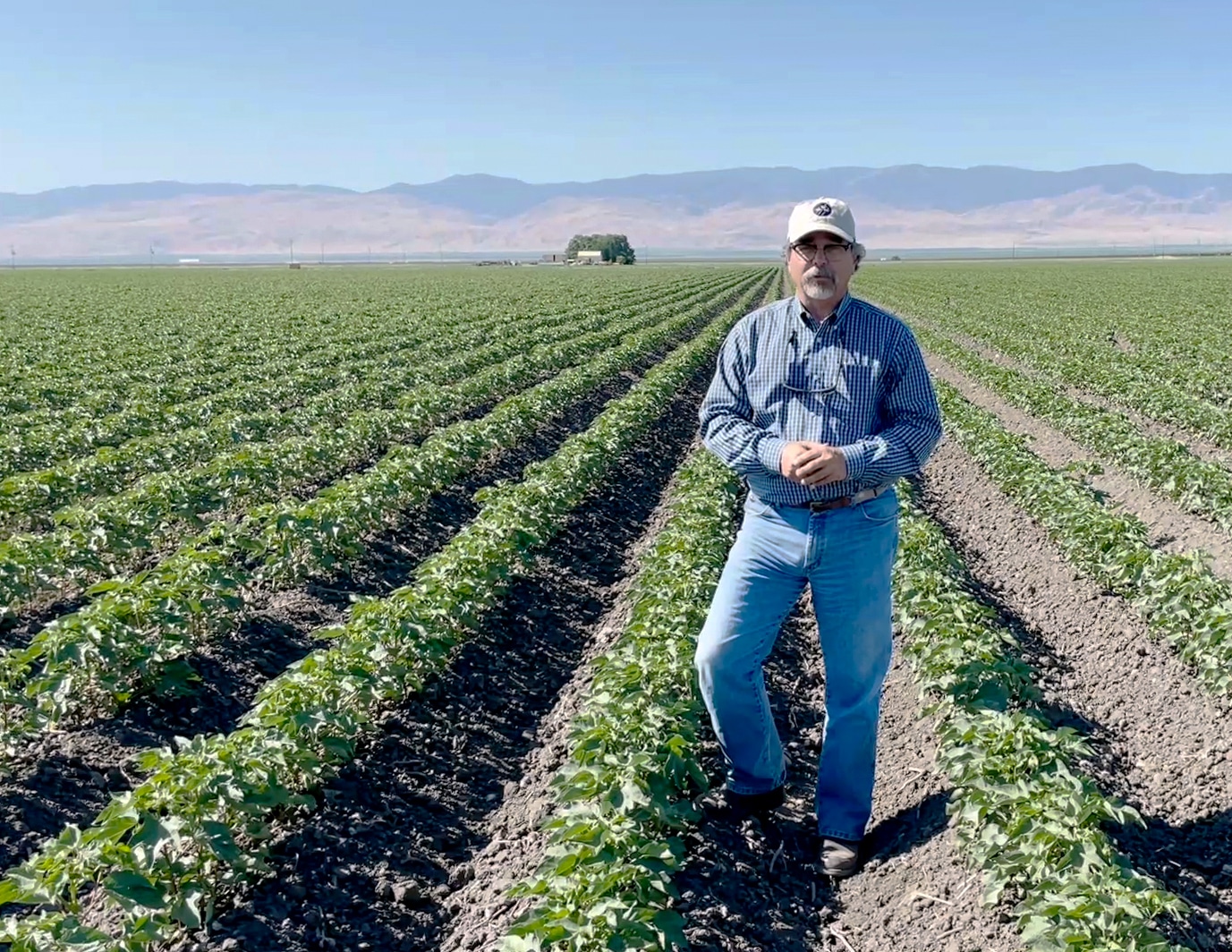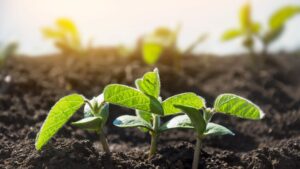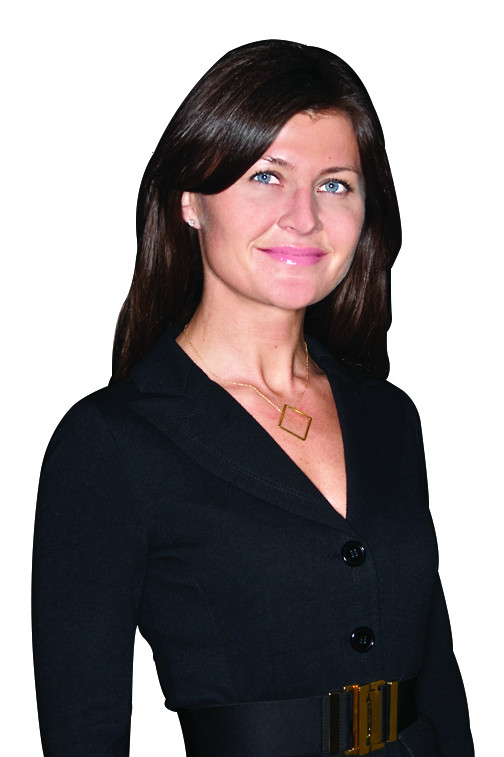For so long, we’ve focused on 2X2 fertilizer applications to boost the crop in those early seedling and vegetative stages—but what has been done to bolster germination? We’ve long relied on the reserves within the seed, but we haven’t traditionally grown seed for high nutritional value.
There’s a better way to give the crop the best possible start than relying on the genetics of the seed alone. You only get one chance to get a good stand. In our research we’re finding there is a better way to feed the seed from the start. What we do know is that it is essential to support the numerous metabolic and physiological processes that are initiated in the seed following hydration including respiration for energy, transcription of genes for germination and the proteins they produce, cell division, cell orientation, and cell differentiation. This presents an enormous opportunity for growers. By enhancing and supporting these processes with targeted nutrition and a highly bioactive biostimulant we can unlock the genetic potential to propel the crop out of the ground, increasing emergence and stand uniformity to deliver results and increased ROI to the grower.
Germination makes a big difference when it comes to yield at the end of the season – inconsistency means plants compete with each other and pollinate at different times, leading to a whole host of other challenges. Knowing the crucial role germination plays, we spent years just studying how seeds germinate and the impact of nutrients and our biostimulant FBS Transit at germination. The composition of FBSciences’ biostimulant is extremely bioactive, allowing for a high level of consistency with a low use rate. With hundreds of seed trials on FBS Transit, we learned that the propulsion from the biostimulant paired with specifically tailored nutrition creates a synergistic catalyst, improving germination and emergence, and giving growers the best chance for a strong, uniform stand. This led to the development of FBSciences’ SuperSede™ line of seed treatment products, including SuperSede Soybean, Small Grains, Cotton, and Corn. Each product focuses on the nutrition needs of the specific crop.
For example, in SuperSede Soybeans we use a high moly formulation with lower amounts of complementary boron, cobalt and zinc. SuperSede Cotton is primarily a boron formulation and for corn and small grains (monocots) we focus on zinc and manganese.
Sub: Research Proves Efficacy
I’m an agronomist, have been for 40 years. My top priorities when we’re creating something new, like the SuperSede line of seed treatments, is to make sure it:
- Doesn’t harm the crop
- Creates measurable benefits
- Has clear ROI
- Solves a crop production problem
We’ve worked with FBS Transit for more than a decade, it was a natural fit to put on the seed. We had to make sure the nutrient mixes we added, in combination with that biostimulant, had no phytotoxic effects.
FBSciences is driven by science, and proving the efficacy of our technologies and products through independent research and trials is crucial to providing the best possible products to our customers.
To test the SuperSede line in all growing conditions, we have our own growth chambers to screen each formulation. So, we’ll treat the seed and set the growth chambers to be like an environment the seed will be in – different temperatures, moisture levels, etc. After that we look at the percent germination after 10 to 12 days (depending on the crop type), measure dry mass and root mass. This helps us see what formulations have the best outcome per crop.
In fact, it’s broken down more than that. We’ll watch a time lapse to look at the difference in germination at 24-, 36- and 48-hour intervals. We want to keep plants emerging as close to the same time as possible – the wider the variation in emergence, the more likely some plants will become “weeds” to their neighbors.
Compared to untreated, we’re seeing far greater consistency and faster germination – sometimes three to four days faster. To put number to consistency, we see 90% to 95% emerging at the same time, compared to around 80% for untreated.
Ultimately, we know that growers only get one chance to get a good stand. By providing tailored nutrition paired with the crop propulsion capabilities of our FBS Transit biostimulant, we can maximize the genetic potential of the seed. An improvement in germination and emergence has exponential benefits to yield at the end of the season, driving productivity and increasing ROI for growers.












